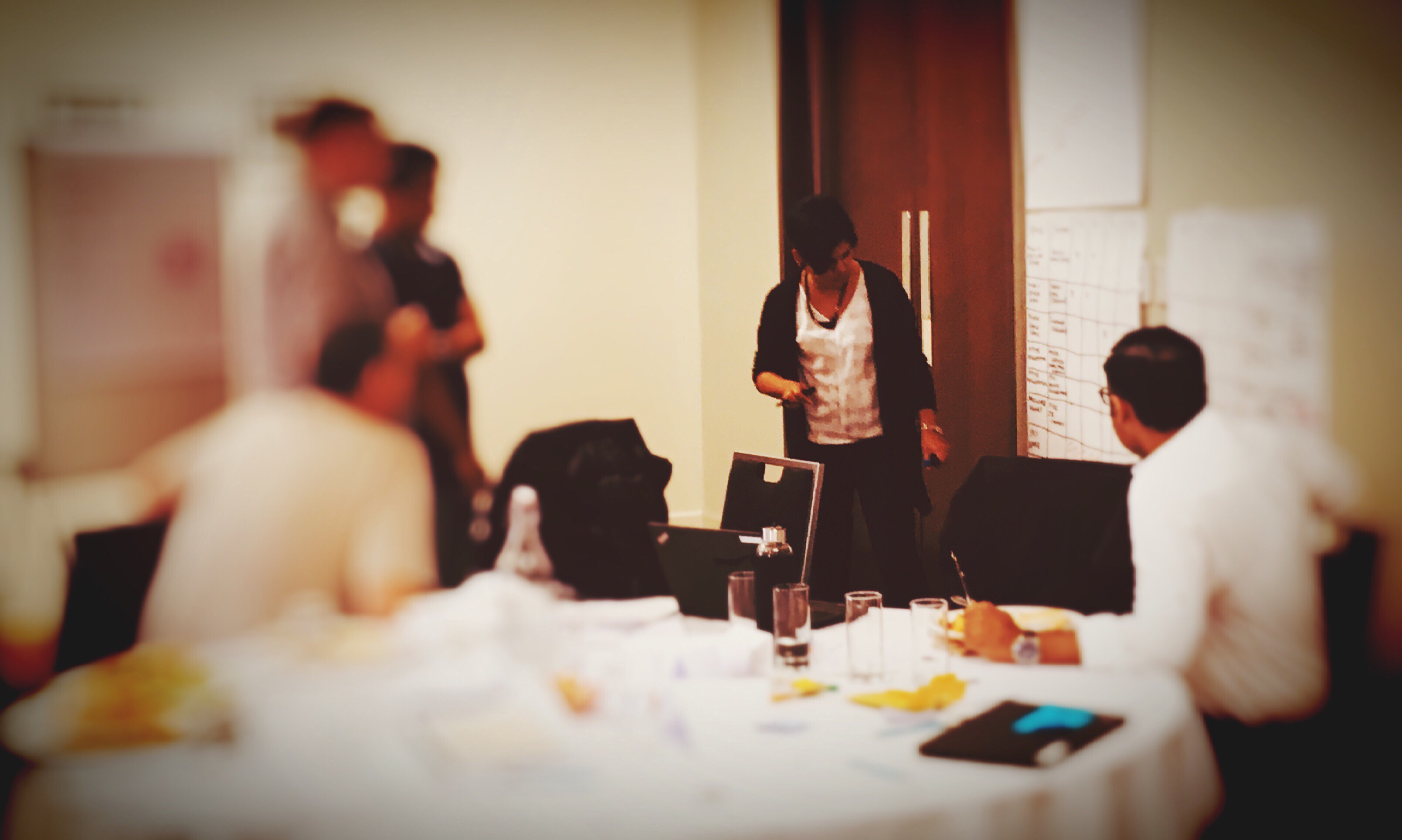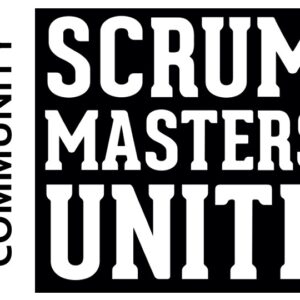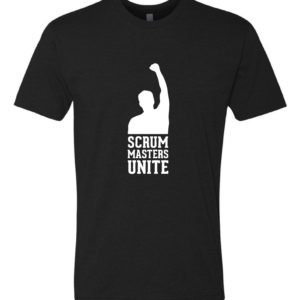Building the PO capability in your organization

So you’re managing a corner of a company and the word has come down that your group is going to transition to agile. You’ve got to figure out some way to retool your existing team into a purpose driven unit that can bring value to market in short increments of time. You’ve had two days of training and now it’s time to figure out who will fill what role. It’s obvious your most detailed person should be your Product Owner, and your most organized should be your Scrum Master….or is it?
As I see more and more businesses starting to “go agile” there are many challenges that if not handled properly could torpedo the group’s effectiveness before things even get started. Recruiting and retaining experienced Product Owners is a key to getting real value from your transition to scrum. Done poorly or not done at all and I can guarantee you won’t see the benefits you’re looking for.
When you’re looking to staff the PO role first pause to see if it’s possible to hire at least one experienced Product Owner. Having someone on the team that’s actually done it and done it well will have an amazing impact giving an example to follow for the other PO’s on your team. If you can’t hire an experienced resource at the very least contract an experienced resource for 6 or so months as you begin your journey. Here are some tips on how to interview for that role with some sample questions to ask.
It’s unlikely your in a position to hire a complete set of PO’s and will need to retool someone already on your team into that postion. It’s time to figure out who on your team is best positioned to fill that role…don’t immediately jump to the person that knows the most about a given product. They’re likely to give great answers, but not necessarily draw out the best ideas from the team, after all they know all the answers, everyone looks to them, they must be right, right? A really great PO is able to step into a variety of situations then draw out and aggregate ideas from a variety of sources. I’ve seen people experienced in their role as a PO drop into a completely new product line and immediately start bringing amazing value as they ask meaningful questions in workshops with a mix of end users, team members, architects and sales people. I’ve also seen many SME’s jump into the same role and struggle to think of things in new ways, in the worst cases they don’t “transition” much more than their terminology. As you’re recruiting for this role find someone that knows how to ask good questions, generate valuable insights and facilitate meaningful conversations.
The second trait I’d look for in a PO is someone that knows enough about the technology that they can find ways to get small chunks of value through a system. Most people that have little experience on a platform will not know enough to challenge architects and developers when they see the system through their own layer of the software. One of the early challenges just about every team faces is a difficulty finding slivers of value that cross applications and can be delivered in something as small as a single story. Inexperienced POs sometimes take the path of least resistance and write separate dev, test, UX, middleware and backend stories. These have to build up over multiple sprints to finally produce an integrated demo or release. This does nothing to reduce the risk that 1) the solution doesn’t function as a whole or 2) we’re building the wrong thing. An experienced PO will be able to help the individuals on the team imagine a new paradigm where a cross functional portion of the build brings steady value sprint after sprint.
It’s rare for someone to come tailor made for this incredibly important role. If you find that person hire them immediately, but if you’re like the rest of us that need to build that skill set on your team consider the following ideas to grow that skill set
- Send your team to training, not once but regularly. It’s important for people new to a role to feel some level of confidence that they can execute that role, training gets the ball rolling. In fact I’ve even sent people to the same class twice, not because they need to remedial focus but because we all pick up new things the more we’re exposed to it. It’s rare a new person can absorb and retain everything of value in a two day class where information flows faster than water through a firehose! You can find a list of upcoming training courses here.
- Start a Community of Practice – You don’t have to have all the answers, but as a leader you can encourage your group to get together with people doing similar work and share their strengths and weaknesses. Making a forum for honest conversation and growth will do an amazing amount toward helping people grow and feel valued. I’d encourage you to consider not only doing this for your internal resources but consider putting them in a community of practice with people who do a similar role at a different company. This cross pollination will help them see similar challenges and find creative new ways to address those. If you’d like access to one of these cross company groups find out more HERE
- Consider sending your team to conferences. In the agile community there are a great variety of local meet ups as well as regional and national conferences. Encouraging your team to attend these type events can keep their excitement up as they are exposed to new perspectives and energized leaders. Here’s a list of conferences and meet ups if you need an easy place to start.
Building a good team takes tremendous effort. Find one small action you can take to encourage those PO’s on your team and see what a difference it can make! For more tips and tricks on your agile journey join the conversation at AgileOctance.com


